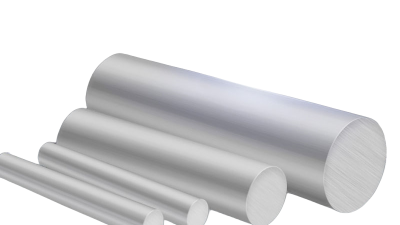Unlocking the Potential of Aluminum Alloy Plates for Innovative Industrial Applications
Table of Contents
- The Versatility of Aluminum Alloy Plates in Various Industries
- Key Performance Metrics of Aluminum Alloys: Strength, Weight, and Corrosion Resistance
- Industry-Specific Applications: Aerospace, Automotive, and Marine Sectors
- Market Insights: The Growth of Aluminum Alloys in Industrial Applications (2023-2030)
- Sustainability: The Eco-Friendly Advantages of Aluminum Alloy Usage
- Innovative Manufacturing Techniques Transforming Aluminum Alloy Plate Production
- The Ultimate Guide to Choosing the Right Aluminum Alloy Bar for Industrial Applications in 2024: Featuring T4 T3511
- FAQS
- Conclusion
- Related Posts
In today’s fast-changing world of industrial tech, Aluminum Alloy Plates have really become a key player, opening up all sorts of new possibilities across different industries. At Shanghai Miandi Metal Group Co., Ltd., we totally get how important these versatile materials are. That’s why we offer a wide range of aluminum products, from the 1000 series all the way to the 8000 series—think plates, rods, flat bars, angles, round tubes, and square tubes. These aluminum alloys are lightweight but still super tough, making them perfect for high-stakes industries like aviation, aerospace, and shipbuilding— where every little bit of performance and reliability counts.
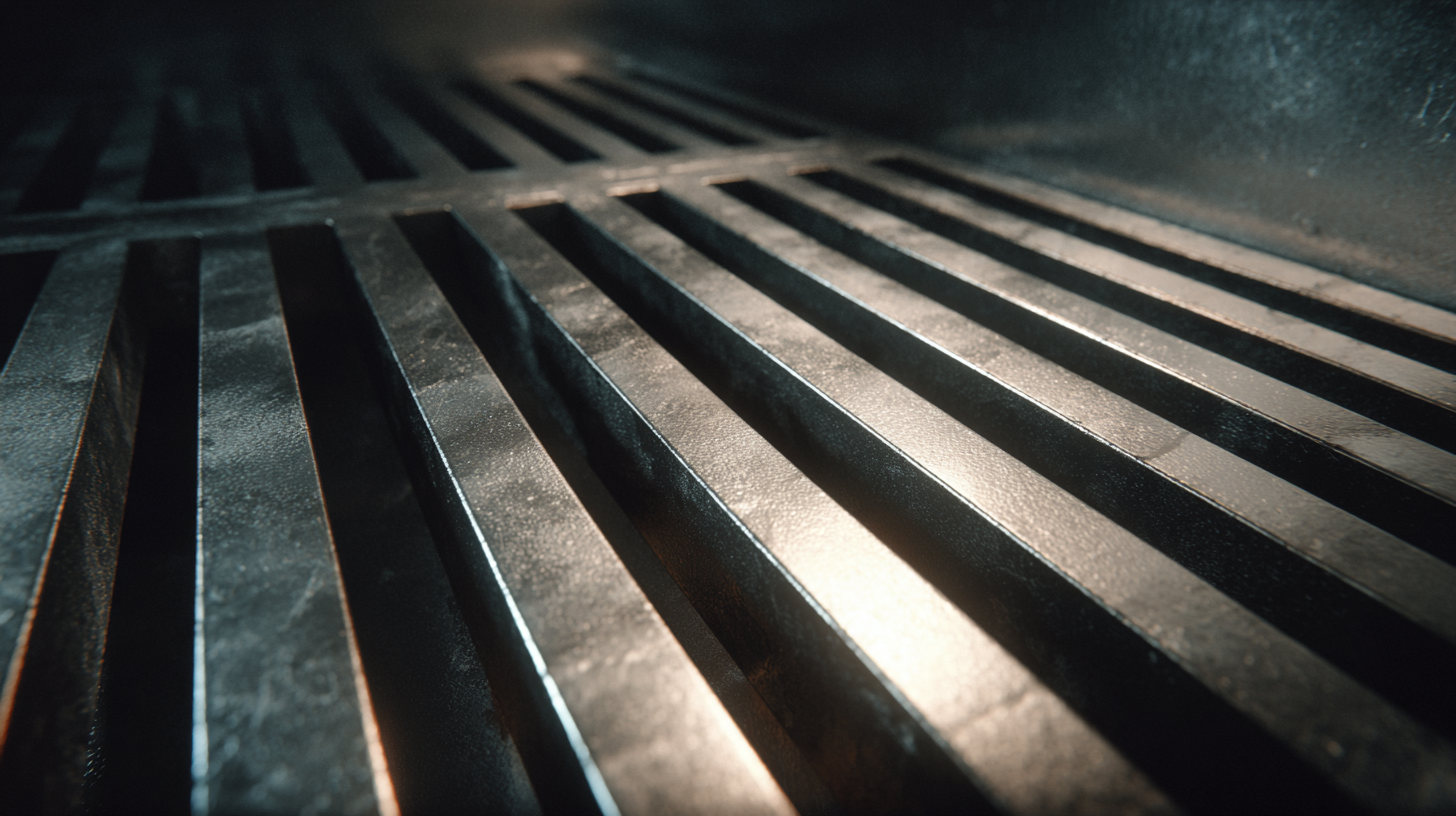
In this blog, I’ll be comparing different types of Aluminum Alloy Plates and diving into their coolest applications. It’s also a way to show how Shanghai Miandi Metal Group is ready to keep up with modern engineering needs, providing top-notch aluminum solutions that really make a difference.
The Versatility of Aluminum Alloy Plates in Various Industries
You know, aluminum alloy sheets have really become a go-to choice across lots of industries lately. They’re super versatile and open up so many possibilities for innovation. The worldwide market for aluminum plates has been growing pretty quickly—thanks a lot to the auto and aerospace sectors. Recent numbers suggest that in 2023, the market’s worth around $64.65 billion, and it’s expected to keep expanding at a rate of over 4.6% annually from 2024 through 2032. A big reason for this growth is that companies are on the hunt for lightweight materials that can make vehicles perform better and save energy at the same time.
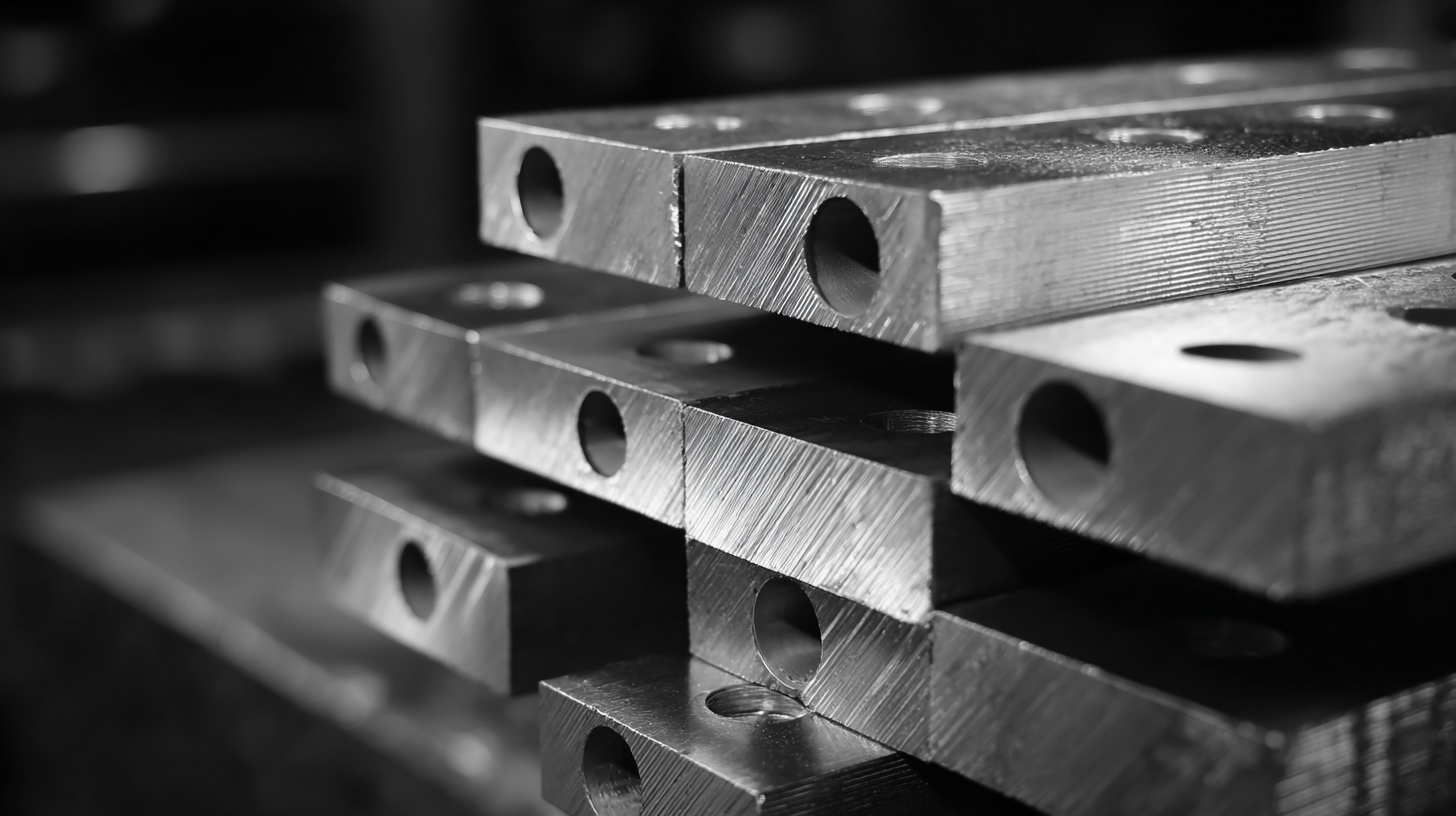
On top of that, the construction world is jumping on the aluminum bandwagon, especially because of the push for more sustainable and efficient building solutions. Switching to lightweight materials doesn’t just make structures stronger; it can also cut costs in the long run. The aluminum forging market is growing too, as it supports these new construction needs. Plus, Asia-Pacific’s really leading the charge here, making up about 73% of the market in 2022. It’s clear they’re making the most of aluminum’s unique qualities, applying it in all sorts of ways across different industries.
Key Performance Metrics of Aluminum Alloys: Strength, Weight, and Corrosion Resistance
Aluminum alloys have really become a big deal in the industrial world lately. They've got this great balance — they're super strong but still lightweight, and they resist corrosion pretty well, too.
Recent developments have really emphasized how important certain performance qualities are, especially in fields like car manufacturing and aerospace. For example, aluminum-lithium (Al-Li) alloys are designed to be both stiff and strong without adding much weight, making them perfect for lightweight structures. That's a game-changer because it helps reduce the overall weight of vehicles, which in turn boosts fuel efficiency — a huge plus in today’s car design trends.
On top of that, new coating techniques like cold spray applications—think of spraying aluminum alloy AA6061 directly onto magnesium parts—have shown promising results. These coatings make magnesium components tougher and more resistant to corrosion, which means they last longer and can be used in more industrial setups.
Plus, techniques like friction stir welding applied to alloys such as AA7075 and AA6082 allow for strong, lightweight joints without melting the material down. That kind of stuff really pushes aluminum’s limits in high-performance areas. With ongoing research into improving their microstructure and mechanical properties, I’d say the future looks pretty bright for aluminum alloys in all sorts of industries.
Industry-Specific Applications: Aerospace, Automotive, and Marine Sectors
These days, aluminum alloy plates are really becoming the go-to material in a bunch of different industries—think aerospace, cars, and even boats. In the world of aircraft, finding materials that are both lightweight and super strong is a game-changer. That's where aluminum alloys come in—they offer an awesome strength-to-weight ratio, so they're perfect for everything from the fuselage frames to wing parts. Plus, their resistance to corrosion means they last longer and can handle tough environments, which helps keep planes more fuel-efficient too.
On the automotive front, aluminum alloys are totally shaking things up. As car makers push for greener, more fuel-efficient vehicles, cutting down weight is more important than ever. These alloys do just that—they make cars lighter, which boosts fuel economy, and they also perform really well in crash tests. So, whether it’s the body panels, engine bits, or structural parts, aluminum is a pretty popular choice in modern rides.
And in the marine world, aluminum alloys are pretty awesome as well. Boats and ships built with these materials resist saltwater corrosion much better, making them last longer in harsh sea conditions. And because aluminum is lightweight, vessels can go faster and use less fuel—always a good thing. As industries keep looking for smarter, more sustainable solutions, aluminum alloy plates are definitely standing out as a versatile option to boost performance and sustainability across the board.
Unlocking the Potential of Aluminum Alloy Plates for Innovative Industrial Applications
| Industry Sector | Application | Advantages | Typical Aluminum Alloys Used |
|---|---|---|---|
| Aerospace | Aircraft Structural Components | Lightweight, high strength-to-weight ratio, corrosion resistance | 2024, 6061, 7075 |
| Automotive | Chassis and Body Panels | Fuel efficiency improvement, enhanced performance, recyclability | Alclad 5754, 6061 |
| Marine | Boat Hulls and Superstructures | Durability against corrosion, lightweight for speed | 5083, 5754 |
| Aerospace | Fuel Tanks | Weight reduction, resistance to fuel corrosion | 7075, 2024-T3 |
| Automotive | Engine Blocks | Heat resistance, lightweight | A356, 319 |
Market Insights: The Growth of Aluminum Alloys in Industrial Applications (2023-2030)
You know, the aluminum alloy market is really booming right now. Industries are increasingly seeing how versatile and useful these materials can be in all sorts of new ways. Honestly, between 2023 and 2030, we’re probably going to see this market grow a lot — thanks to their lightweight nature, strength, and how adaptable they are. They’re now basically staples in industries like automotive, aerospace, and construction. Why? Because everyone’s after materials that can boost performance but keep the weight down at the same time. And with the push toward more environmentally friendly transportation, aluminum alloys are becoming the top pick—they’re playing a huge role in building a sustainable future.
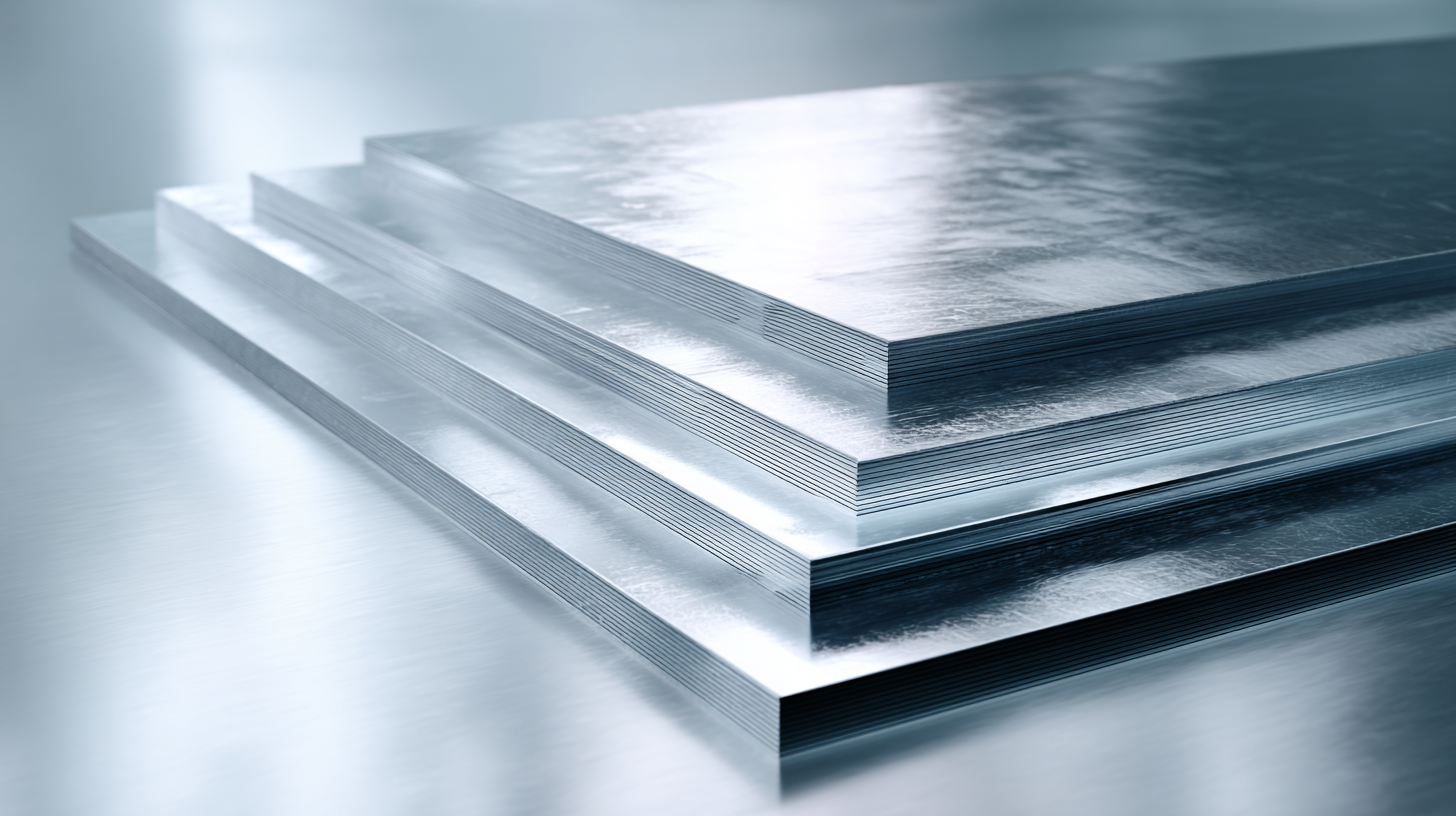
Plus, with the auto industry shifting gears toward electric vehicles, the need for top-quality materials like aluminum alloys just keeps growing. If you look ahead, the global market for automotive aluminum is expected to hit around $93.4 billion by 2030 — with an annual growth rate of about 8.4%. That’s pretty impressive and shows there’s a solid trend of innovation in this space. Companies are constantly pushing to improve manufacturing processes, which means more advancements in aluminum alloy tech. All of this isn’t just about making better cars or planes; it’s also about meeting bigger goals—cutting down on carbon emissions and being more energy-efficient across the board. It’s an exciting time for aluminum alloys, for sure.
Sustainability: The Eco-Friendly Advantages of Aluminum Alloy Usage
You know, aluminum alloys are really gaining recognition these days for being more sustainable and eco-friendly. They're becoming a top pick for innovative industrial projects for a reason. I read in a report by the Aluminum Association that recycled aluminum takes up to 95% less energy to produce than creating new aluminum from scratch using bauxite. That’s a huge deal because it cuts down greenhouse gases and also drops production costs quite a bit. With everyone pushing for more sustainable manufacturing practices worldwide, choosing aluminum alloys can actually give a company a pretty big environmental boost—benefiting both the planet and the bottom line.
So, when you're picking out aluminum alloy plates for your next project, think about going for ones with a high recycled content. Alloys like 6061 and 7075 are not only strong and reliable but also have some pretty solid sustainability credentials. That can be a real selling point, especially now when consumers are more eager than ever to support products that are eco-friendly.
And here's something cool—aluminum can be recycled over and over again without losing its quality. This makes it a real star in the circular economy. The World Economic Forum mentioned that recycling aluminum could save up to 95 million tons of CO2 emissions each year. It’s pretty amazing to see how much aluminum recycling can help us move toward a greener future. By choosing aluminum alloys, not only are you making a smart business move—you’re also contributing to a cleaner environment, all while benefiting from its versatility and durability in a bunch of different applications.
Innovative Manufacturing Techniques Transforming Aluminum Alloy Plate Production
Lately, there have been some pretty exciting breakthroughs in manufacturing techniques, especially when it comes to making aluminum alloy plates. These advancements are really changing the game, especially for cutting-edge industrial uses. One of the coolest developments is this new single-step self-punching lockbolt process — it lets you join aluminum sheets seamlessly without needing any pre-drilled holes. Honestly, this mechanical joining method isn’t just about making things easier during assembly; it also boosts the strength and durability of the final product. Workers in industries like aerospace are definitely paying attention to this one.
On top of that, energy-efficient techniques like low-frequency vibration-assisted riveting are also starting to catch on. They’re perfect for the aeronautical industry because they create super-strong joints without causing a lot of cold deformation — saving energy and reducing stress on the materials. Thanks to these innovative manufacturing methods, industries can now produce lightweight yet super sturdy multi-metal parts, like gears, that meet the demanding standards of today’s tech. And with the buzz around Industry 4.0 and smart manufacturing, it’s clear these tech improvements aren’t just cool — they’re vital for making production smarter, more efficient, and less wasteful overall.
The Ultimate Guide to Choosing the Right Aluminum Alloy Bar for Industrial Applications in 2024: Featuring T4 T3511
When it comes to selecting the appropriate aluminum alloy bar for industrial applications, the 2024 aluminum series stands out for its impressive strength-to-weight ratio and excellent machinability. In 2024, the T4 and T3511 tempers are particularly recommended, serving diverse needs in aerospace, military, and structural applications. According to industry reports, the 2024-T4 temper offers optimal mechanical properties, boasting a yield strength of around 300 MPa, which is crucial for applications requiring enhanced fatigue resistance.
The diameter range of 4.9mm to 260mm covers a vast spectrum of industrial requirements. This flexibility allows engineers and designers to choose aluminum bars that precisely fit their specifications, minimizing waste and ensuring better performance. Moreover, the T3511 temper, characterized by its improved stability and stress relief, provides added reliability, making it a preferred option in applications subjected to demanding mechanical stresses.
A technical report by the Aerospace Materials Division highlights that using 2024 aluminum alloy in the T4 temper can yield a notable reduction in weight alongside maintaining structural integrity, thus contributing to energy-efficient designs. With a growing trend toward lightweighting in various industrial sectors, the 2024-T4 and T3511 alloys emerge as top choices for engineers focused on advancing technology while optimizing performance and safety in their projects.
FAQS
: Aluminum alloy plates are being utilized in various industries, notably aerospace, automotive, marine, and construction, each leveraging their lightweight and durable properties.
In the aerospace industry, aluminum alloys are preferred due to their excellent strength-to-weight ratio and corrosion resistance, making them ideal for aircraft components that need to endure harsh conditions.
Aluminum alloys in the automotive sector enhance vehicle design by reducing weight, improving fuel efficiency, and providing excellent crash performance, aligning with the industry's eco-friendly practices.
In the marine industry, aluminum alloys provide superior corrosion resistance, enhanced durability in saltwater environments, and contribute to faster speeds and improved fuel efficiency of boats and ships.
Recent manufacturing advancements include the single-step self-punching lockbolt process for seamless joining and low-frequency vibration-assisted riveting, which improves assembly efficiency and joint strength.
The focus on sustainable smart manufacturing within Industry 4.0 promotes efficiency and waste reduction, making aluminum production practices more environmentally friendly.
The aluminum plate market is projected to be valued at approximately $64.65 billion in 2023, with a compound annual growth rate (CAGR) of over 4.6% anticipated from 2024 to 2032.
Aluminum alloys help meet demands for sustainability and efficiency in construction, enhancing structural integrity and contributing to cost savings in building projects.
Lightweight materials like aluminum alloys are crucial for improving vehicle performance because they lead to enhanced fuel efficiency and better overall vehicle handling.
The Asia-Pacific region accounted for a significant 73.36% share of the aluminum forging market in 2022, leading the way in the industrial evolution of aluminum materials.
Conclusion
Aluminum alloy plates have really been gaining a lot of attention lately, especially for their incredible versatility and performance in a variety of industries—think aerospace, automotive, and even marine. They're pretty impressive because they’re super strong yet lightweight, and they resist corrosion like a champ. That means they can be customized to fit the unique needs of each application without much fuss. The market for aluminum alloys is expected to see some serious growth between 2023 and 2030, so it’s definitely worth understanding how these materials are made—especially the innovative techniques—and the eco-friendly benefits they bring to the table. Companies like Shanghai Miandi Metal Group Co., Ltd. are key players when it comes to distributing these advanced aluminum products, highlighting how important they are in pushing industry forward and promoting greener practices.
Related Posts
-

Global Manufacturing Excellence of Best 5052 Aluminum Alloy Showcasing Chinese Pride in Worldwide Exports
-
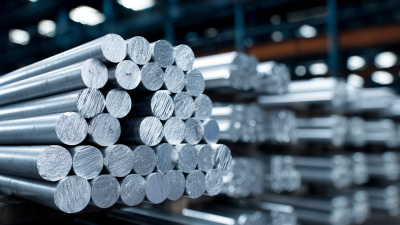
Top Strategies for Sourcing Affordable 6061 T6 Aluminum in the Global Market
-
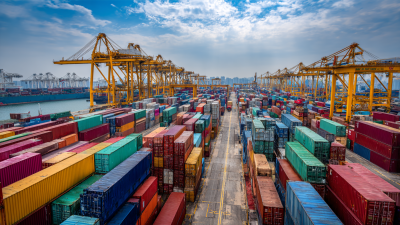
Understanding Import Export Certifications for Best Al 2024-T351 with a Step by Step Guide
-
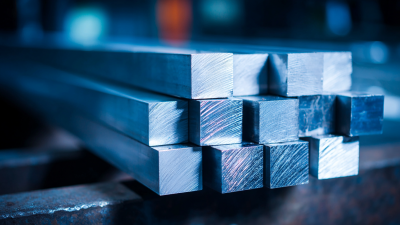
Ultimate Guide to Sourcing Customized 6082 T6 Aluminum Bars for Global Buyers
-

Global Excellence in Aluminum Plate Production Proudly Crafted in China
-
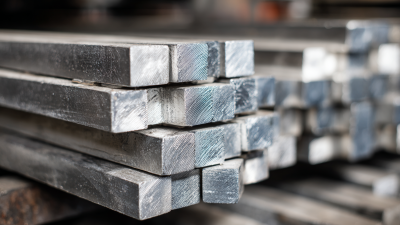
7 Tips for Choosing the Best 5052 Aluminum Bar Manufacturer in 2023
Blog Tags:


